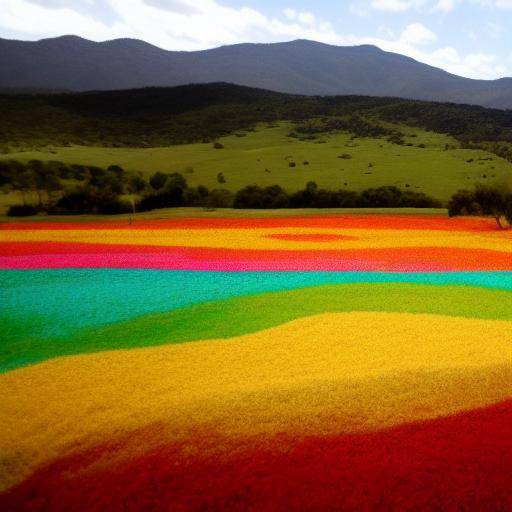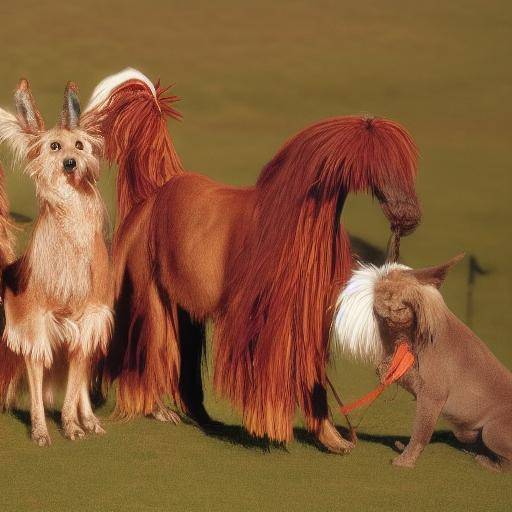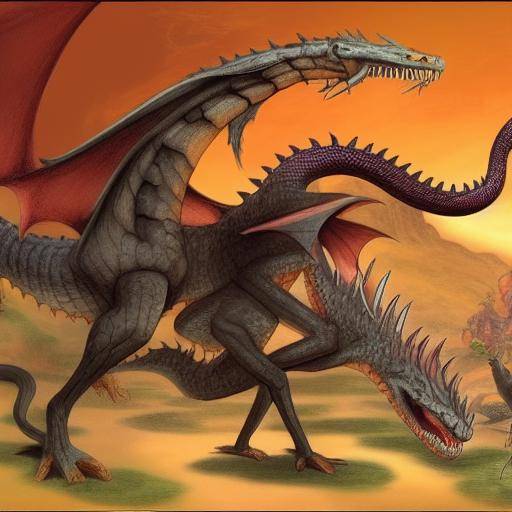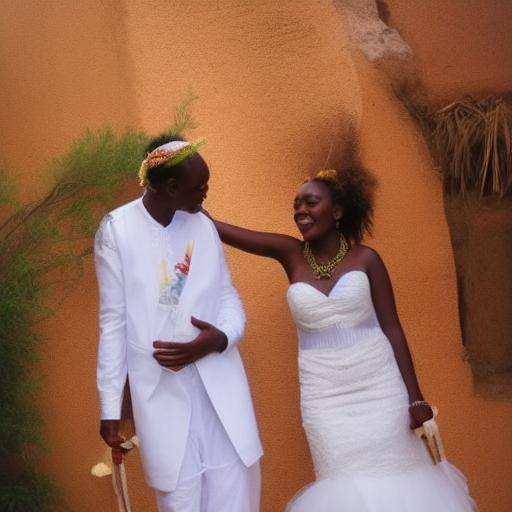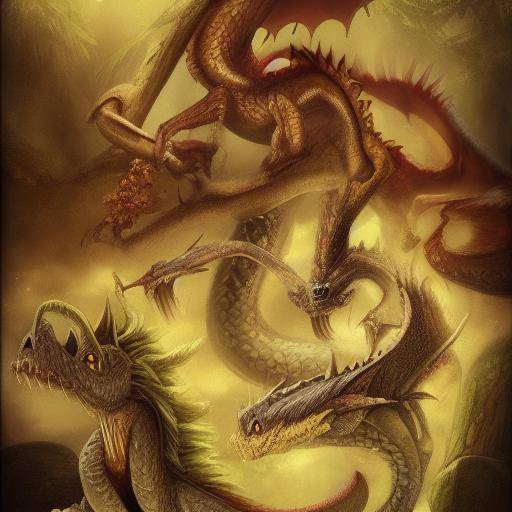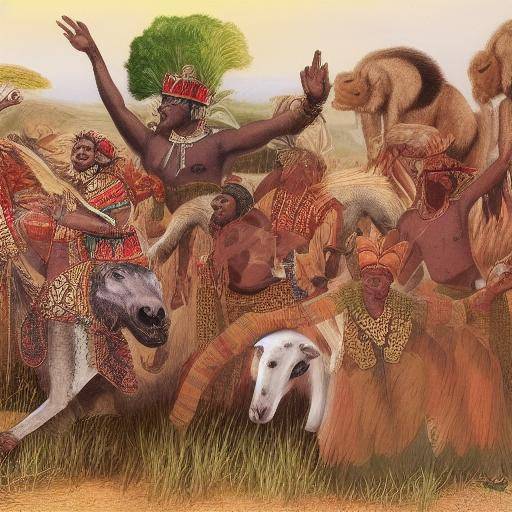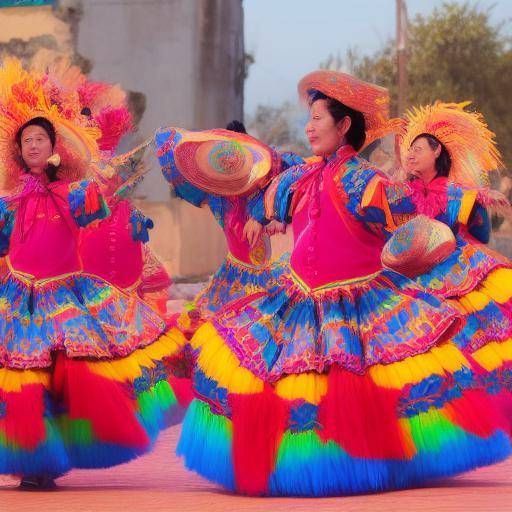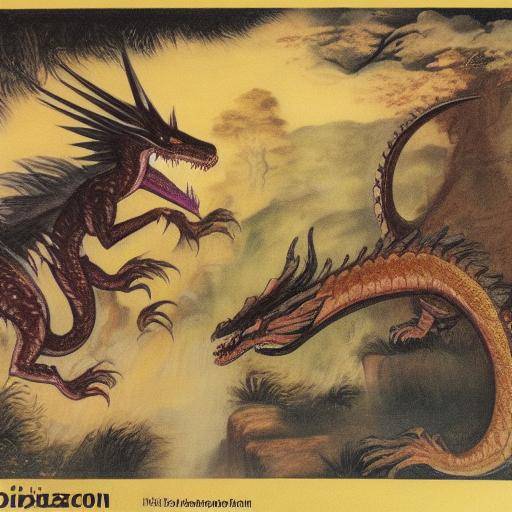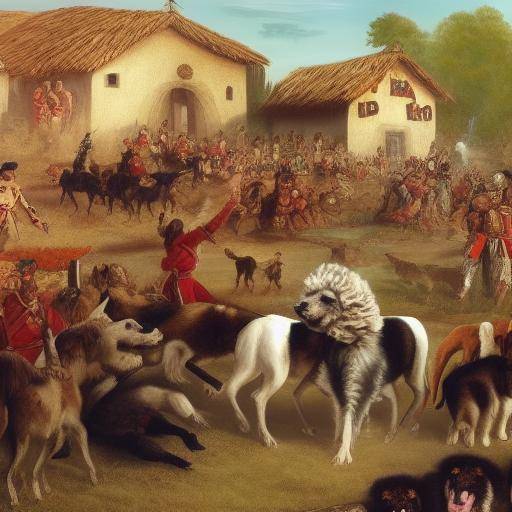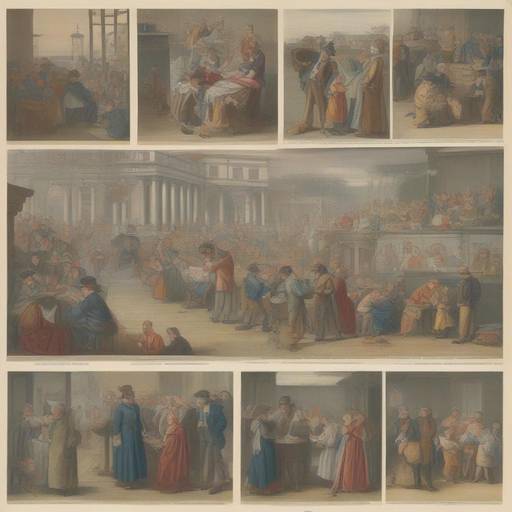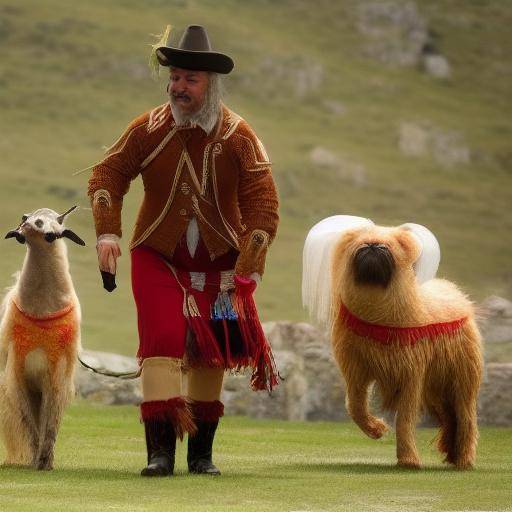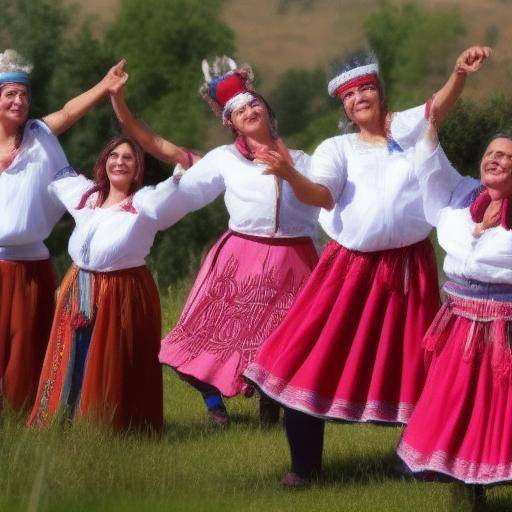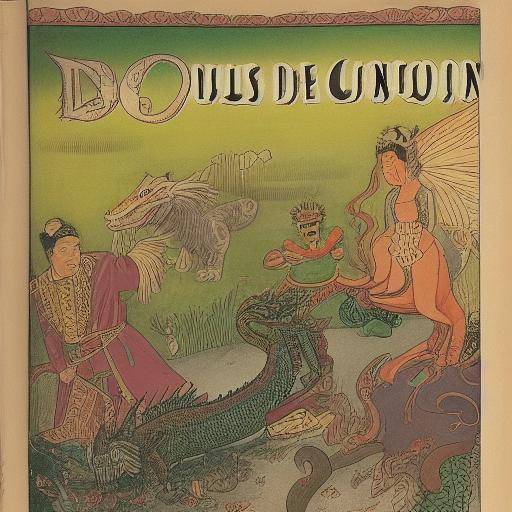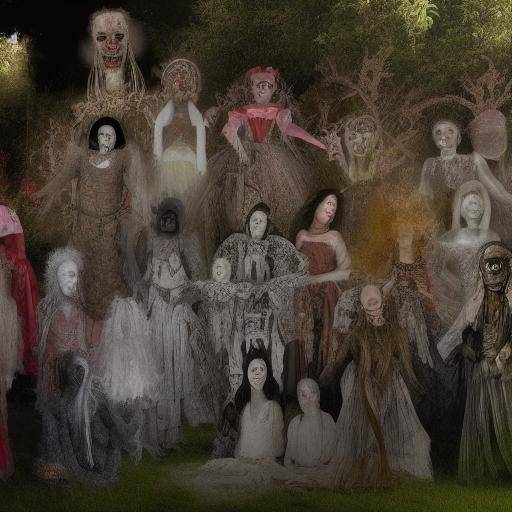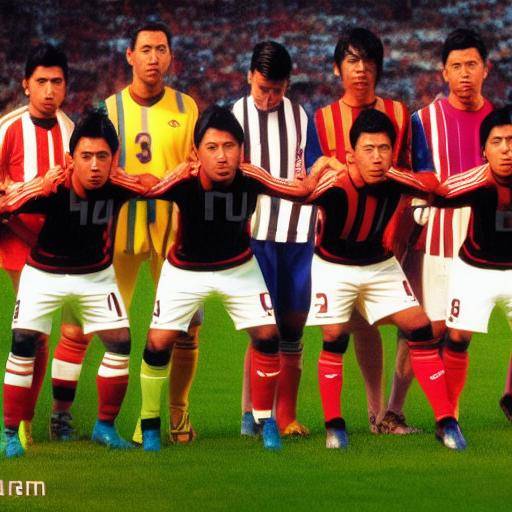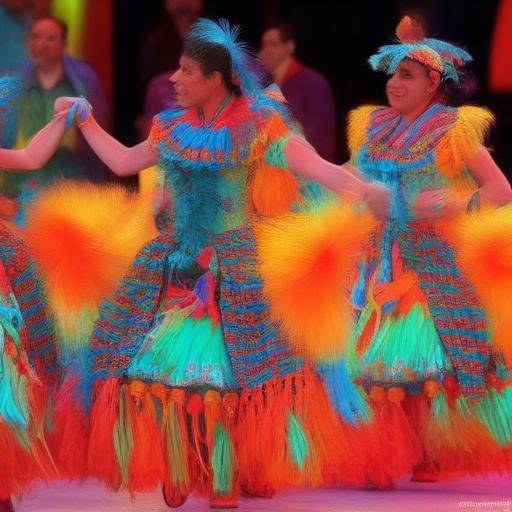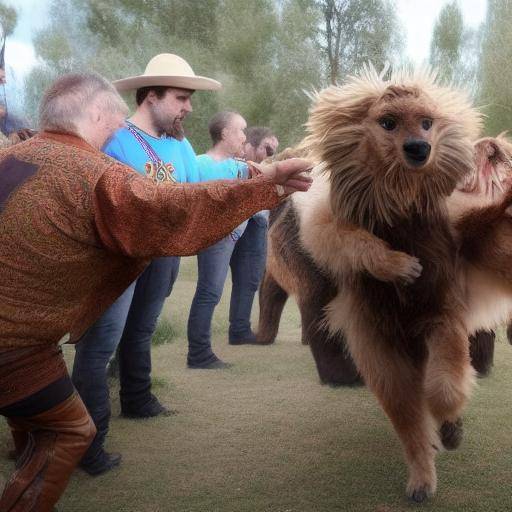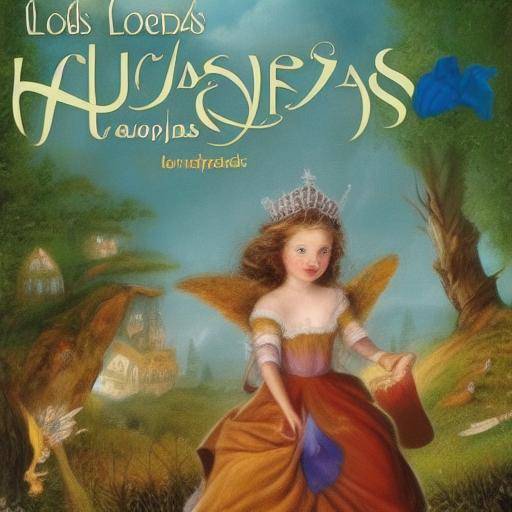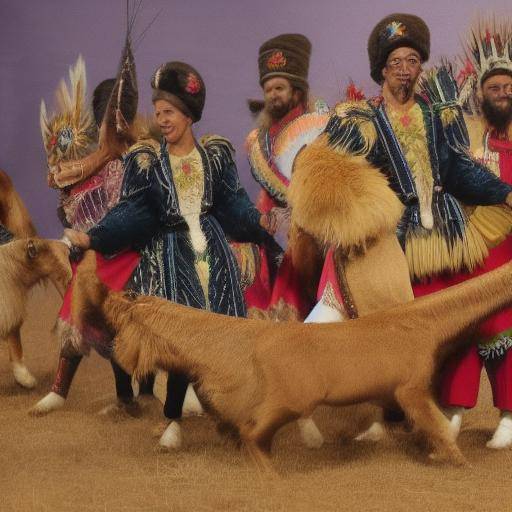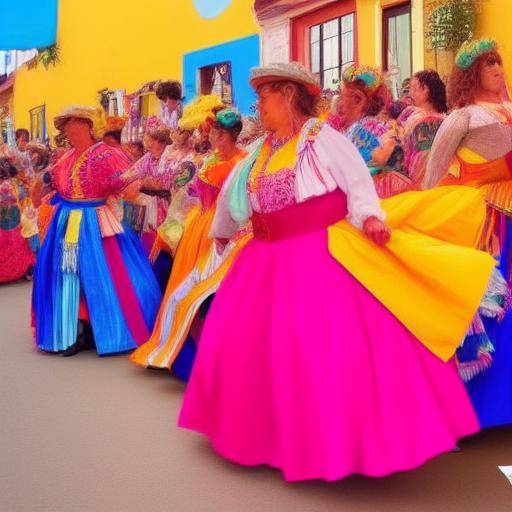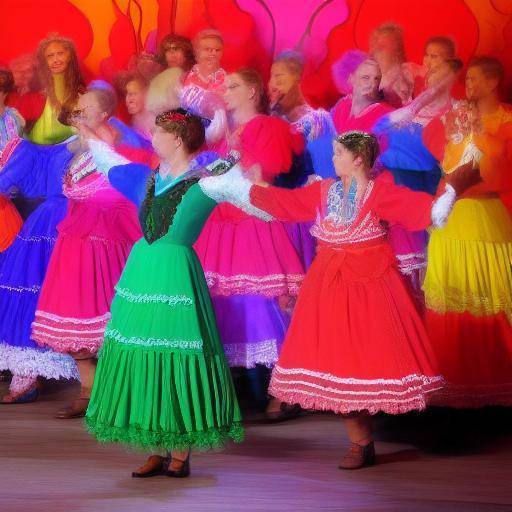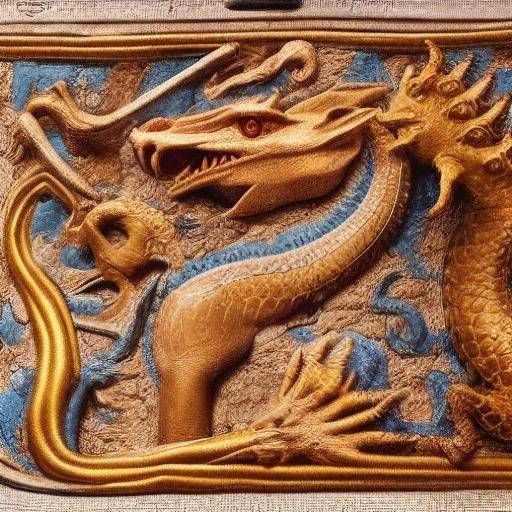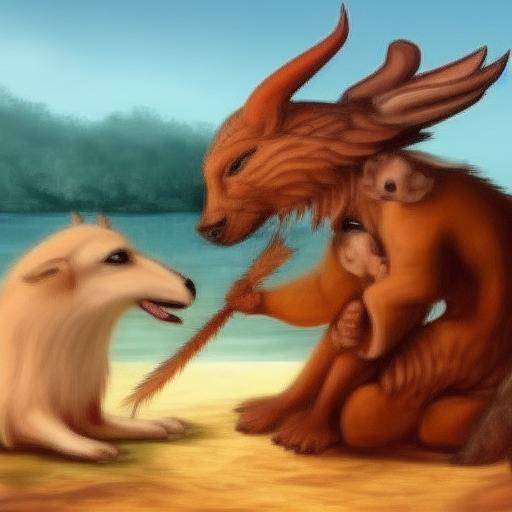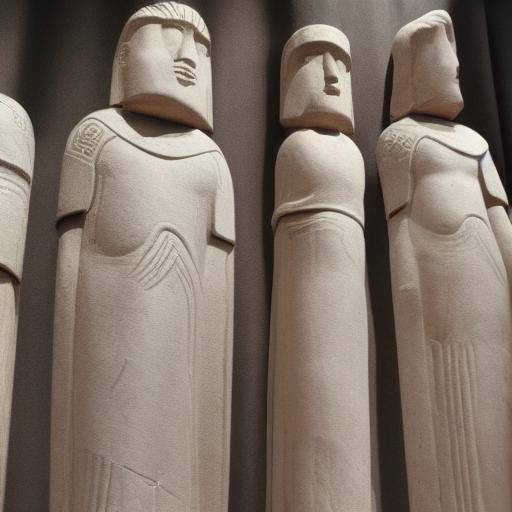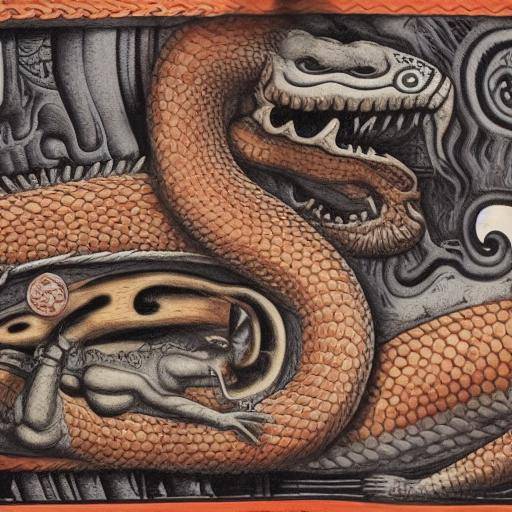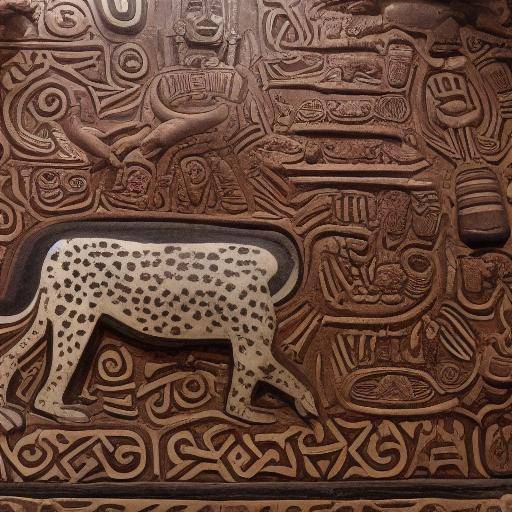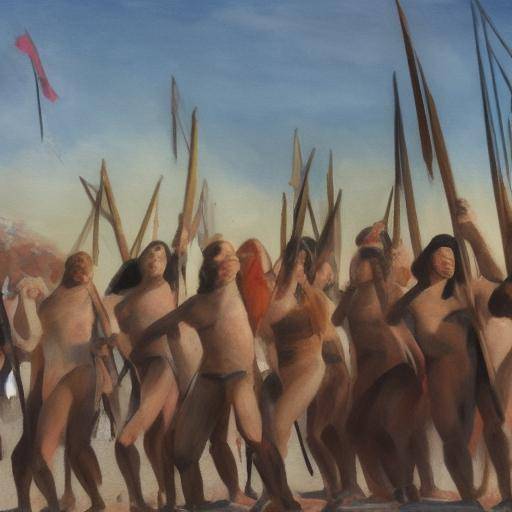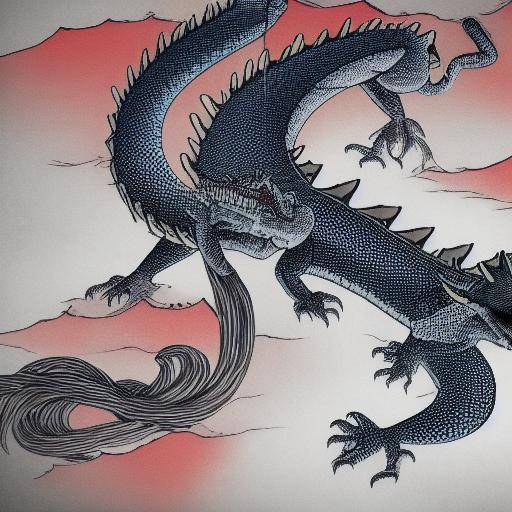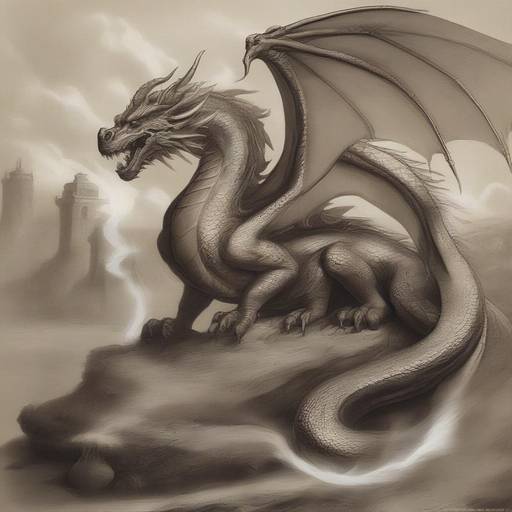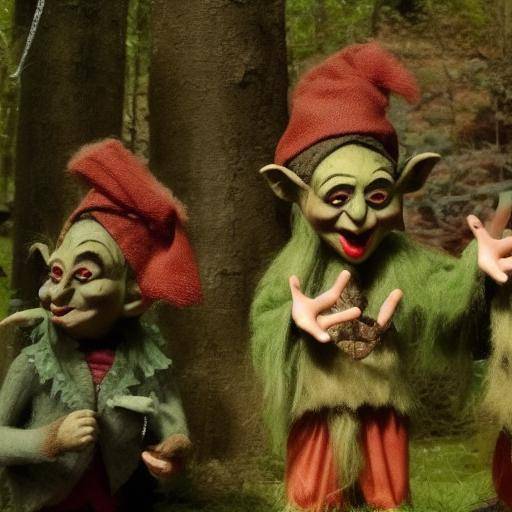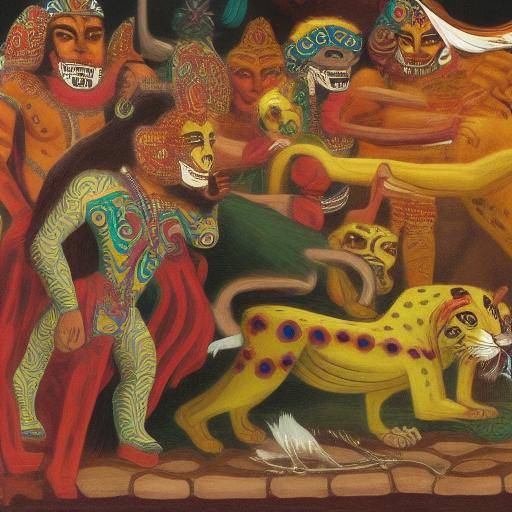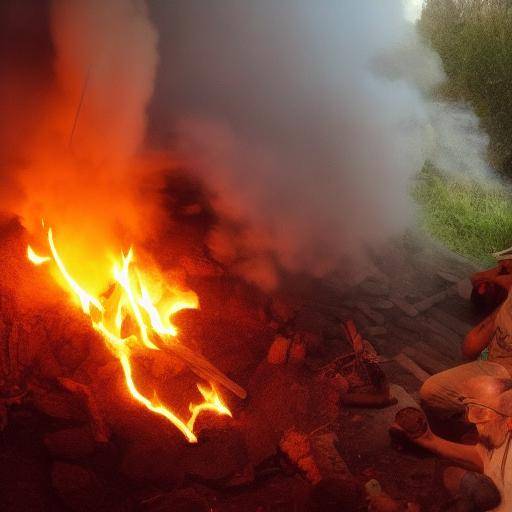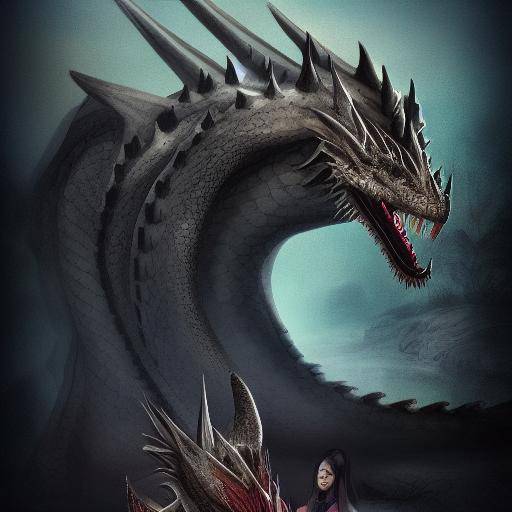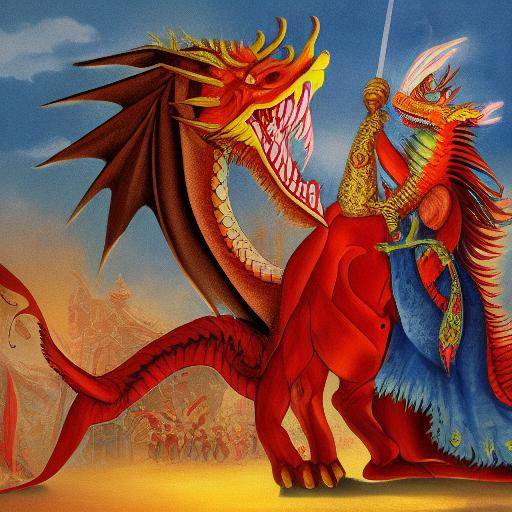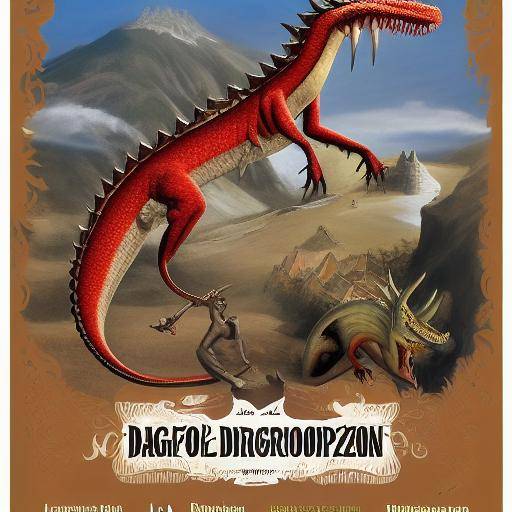
The dragons have been a legendary and fascinating figure in European folklore throughout history. From epic medieval stories to popular traditions, the dragon has been a powerful symbol that has captured the imagination of people of all ages. In this article, we will explore the fascinating history and symbolism behind the figure of the dragon in European folklore, as well as its relevance today.
Introduction
Dragons, mythical creatures that combine reptiles, birds and other animals, have played a leading role in European traditions over the centuries. These impressive beasts have been the protagonists of numerous legends, stories and myths that have left an indelible mark on European culture. In this article, we will enter the fascinating world of the dragon in European folklore, exploring its origins, its symbolism and its impact on the collective mentality. In addition, we will analyze its presence and meaning today, revealing why the figure of the dragon remains so relevant in contemporary society.
History and Background
The concept of the dragon dates back to ancient times, where ancient cultures attributed these creatures supernatural powers and used them as symbols of strength, wisdom and protection. In European folklore, dragons represented both threat and redemption, elements that manifested themselves in stories and myths transmitted from generation to generation. From the legendary feat of St. George to the Nordic sagas that relate the struggle between gods and dragons, the figure of the dragon has been omnipresent in the European tradition, serving as a force that challenged the human being and embodied the deepest fears and longings.
Antiquity and Mythology
In ancient times, the dragons appeared in the Greek and Roman mythologies, where they were seen as guardians of treasures and beings of great power. For example, Ladon, the dragon of Greek mythology, guarded the golden apples in the garden of the Hesperides. In the Nordic mythology, the Jörmungandr serpent, which surrounds the world, and the dragon Fafnir, who kept a treasure, are central figures that reflect the duality of the dragon as protector and threat.
Middle Ages and Christianity
During the Middle Ages, dragons became symbols of evil and heresy in Christian Europe. The legend of Saint George and the dragon, where the saint kills a dragon to save a princess and a people, became a symbol of the triumph of good over evil. Medieval beasts often described dragons as demonic creatures that represented the sins that good Christians should overcome.
Analysis in Deep
The symbolism of the dragon in European folklore transcends mythical narrative mere, spreading to philosophical, political and religious reflections. The duality of the dragon as a creature both terrifying and protective has led to multifaceted interpretations that have endured over the centuries. In this section, we will explore the various symbolic interpretations of the dragon, as well as its influence on human art, literature and psyche.
Symbolism and Meaning
- Power and WisdomIn many traditions, dragons are seen as guardians of knowledge and wisdom. In the arturoric legends, for example, the red dragon of Wales symbolizes resistance and power.
- Destruction and Protection: Dragons are symbols of destructive force, but also of protection. The Níðhöggr snake in the Nordic mythology devours the roots of the world's tree, Yggdrasil, symbolizing destruction, while dragons in Celtic myths often protect sacred places and treasures.
- Renewal and Transformation: Some stories present dragons as agents of change and transformation. The dragon that the knight must overcome can symbolize the internal challenges that one must overcome to achieve personal growth.
Influence in Art and Literature
Dragons have left an indelible mark on European literature and art. Literary works like "Beowulf" and "The Hobbit" by J.R.R. Tolkien present dragons as formidable enemies and guardians of treasures. In art, dragons have been represented in tapestries, sculptures and illuminated manuscripts, reflecting their importance in the visual culture of Europe.
Comprehensive review
The presence of the dragon in European folklore has significantly influenced everyday life, either through popular festivals, religious ceremonies or the preservation of ancestral traditions. This section will offer a detailed analysis of the contemporary manifestations of the dragon in European society, highlighting its cultural legacy and its influence on arts, fashion and entertainment.
Festivals and Traditions
- Fiesta de San Jorge: Celebrated in many European countries, this festival includes theatrical representations of the struggle of Saint George against the dragon, parades and festivals that honor the saint and his feat.
- Carnivals and Parades: In places like Catalonia, dragons are prominent figures in the parades and carnivals, where huge dragon figures parade through the streets accompanied by music and fireworks.
Popular culture and entertainment
Dragons have found a prominent place in contemporary popular culture. In films, television series and video games, dragons continue to be central figures that capture the imagination of the public. Remarkable examples include the series "Game of Thrones" and the saga of films "How to train your dragon".
Comparative analysis
Compared to dragon symbolism with other prominent symbols in European folklore, we can appreciate the complex interconnections and better understand the richness of this tradition so rooted in European culture.
Comparison with Other Simbolismos
- Dragons vs. Snakes: While dragons are seen as powerful and majestic, serpents often symbolize betrayal and evil, as in the biblical history of the Garden of Eden.
- Dragons vs. Giants: Giants, like dragons, are formidable enemies in many European legends. However, giants are generally less complex in their symbolism, representing brute force and opposition to gods or heroes.
Conclusion
Dragons have been and remain central figures in European folklore, symbolizing both threat and protection, wisdom and destruction. Their presence in mythology, literature and arts reflects their lasting importance and ability to capture human imagination. In contemporary society, dragons continue to fascinate and captivate through various cultural manifestations, demonstrating that these mythical creatures remain relevant and significant.
Frequently asked questions
- What do dragons symbolize in European folklore?
- Dragons symbolize a variety of concepts, including power, wisdom, protection, destruction and renewal.
- How have dragons influenced European culture?
- Dragons have influenced literature, art, festivals and popular culture, leaving an indelible mark on European culture.
- What difference does European dragons make in other cultures?
- European dragons are often seen as enemies and symbols of evil, while in cultures like Chinese, dragons are often symbols of good fortune and benevolent power.
- What role do dragons play in contemporary European holidays?
- Dragons are prominent figures in festivities such as the Fiesta de San Jorge and various carnivals, where they are celebrated with parades, theatre performances and other events.
- Why are dragons still relevant today?
- Dragons remain relevant because of their rich symbolism, their presence in popular culture and their ability to capture the imagination and the sense of wonder of the public.

